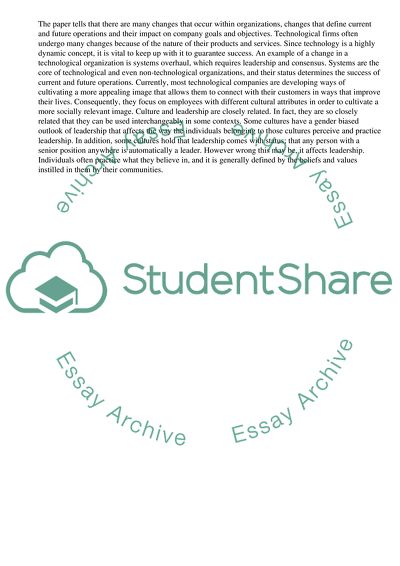Cite this document
(“Influence of Diverse Culture on Change Term Paper”, n.d.)
Influence of Diverse Culture on Change Term Paper. Retrieved from https://studentshare.org/management/1674234-influence-of-diverse-culture-on-change
Influence of Diverse Culture on Change Term Paper. Retrieved from https://studentshare.org/management/1674234-influence-of-diverse-culture-on-change
(Influence of Diverse Culture on Change Term Paper)
Influence of Diverse Culture on Change Term Paper. https://studentshare.org/management/1674234-influence-of-diverse-culture-on-change.
Influence of Diverse Culture on Change Term Paper. https://studentshare.org/management/1674234-influence-of-diverse-culture-on-change.
“Influence of Diverse Culture on Change Term Paper”, n.d. https://studentshare.org/management/1674234-influence-of-diverse-culture-on-change.


